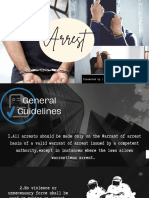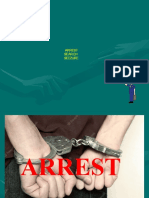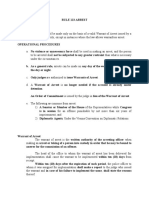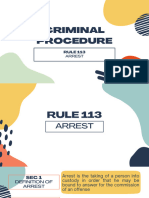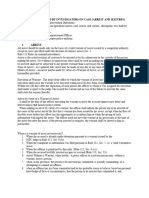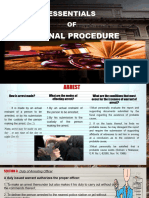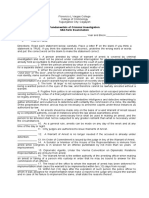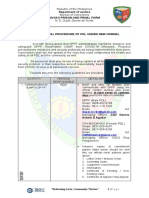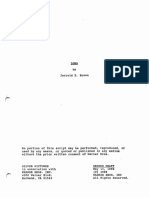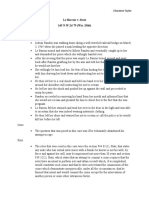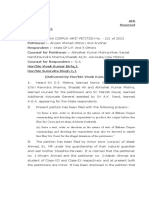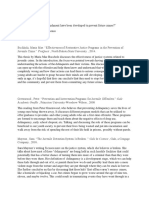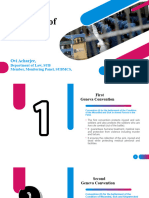0% found this document useful (0 votes)
6 views2 pagesARREST
The document outlines the procedures and regulations regarding arrest, search, and seizure, emphasizing that arrests should generally be made with a valid warrant, except in specific circumstances allowing warrantless arrests. It details the authority of arresting officers, including their rights to summon assistance and break into premises if necessary, as well as the proper procedures for serving a warrant. Additionally, it highlights the protections afforded to certain individuals, such as members of Congress and diplomatic agents, from arrest under specific conditions.
Uploaded by
JaneRhea De VeraCopyright
© © All Rights Reserved
We take content rights seriously. If you suspect this is your content, claim it here.
Available Formats
Download as DOCX, PDF, TXT or read online on Scribd
0% found this document useful (0 votes)
6 views2 pagesARREST
The document outlines the procedures and regulations regarding arrest, search, and seizure, emphasizing that arrests should generally be made with a valid warrant, except in specific circumstances allowing warrantless arrests. It details the authority of arresting officers, including their rights to summon assistance and break into premises if necessary, as well as the proper procedures for serving a warrant. Additionally, it highlights the protections afforded to certain individuals, such as members of Congress and diplomatic agents, from arrest under specific conditions.
Uploaded by
JaneRhea De VeraCopyright
© © All Rights Reserved
We take content rights seriously. If you suspect this is your content, claim it here.
Available Formats
Download as DOCX, PDF, TXT or read online on Scribd
/ 2

